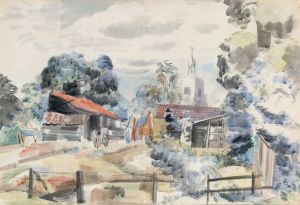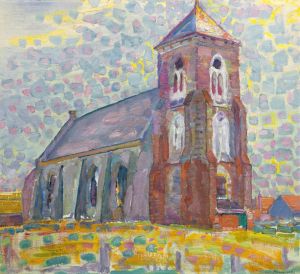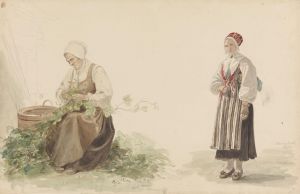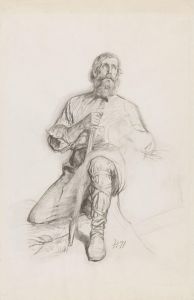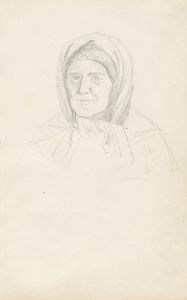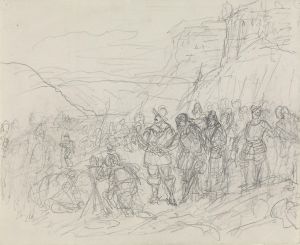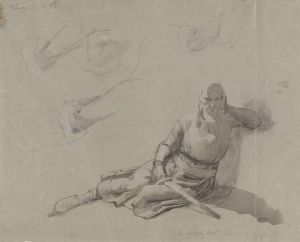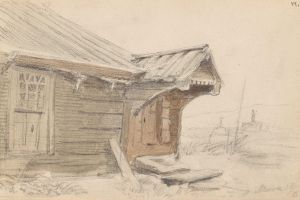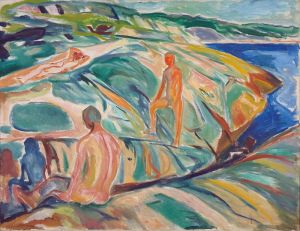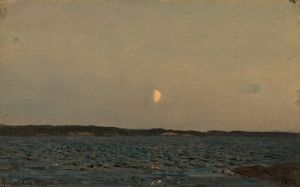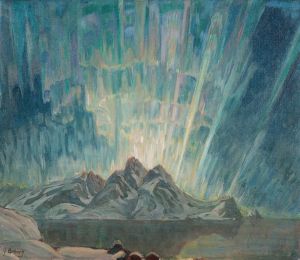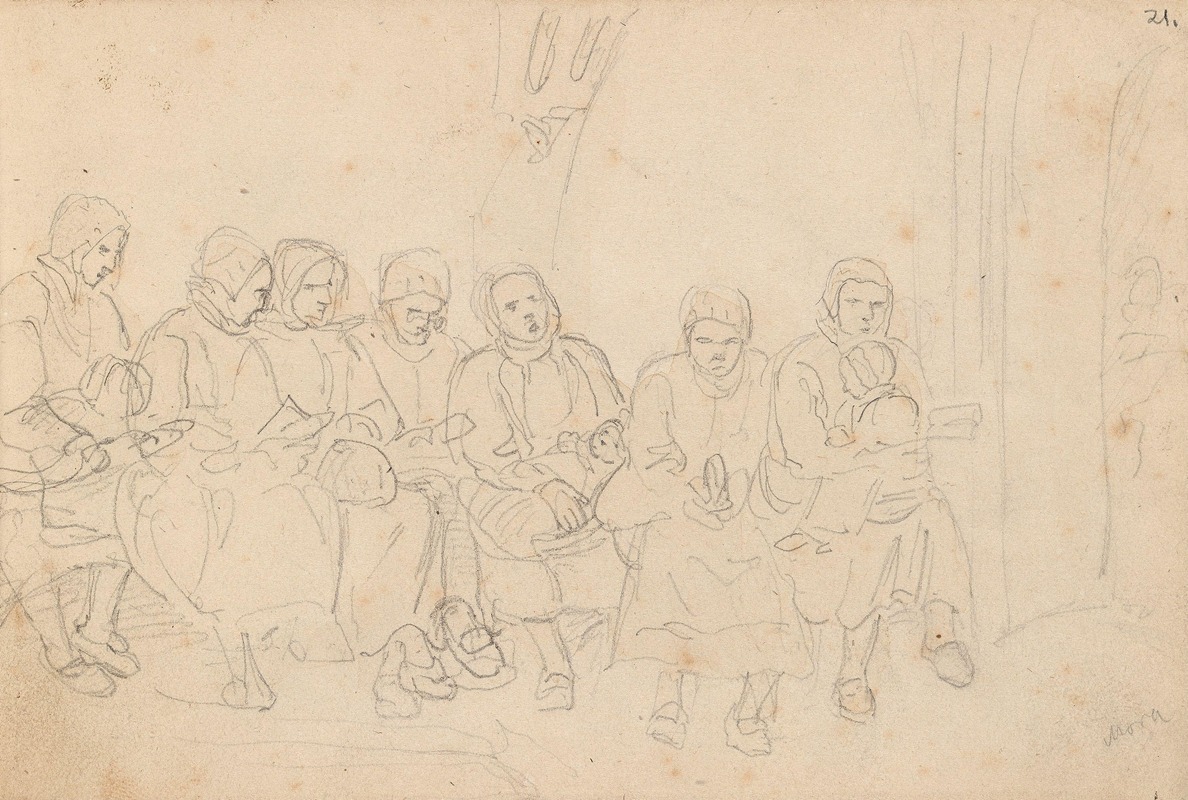
Kvinner i våpenhuset ved Mora kirke
A hand-painted replica of Adolph Tidemand’s masterpiece Kvinner i våpenhuset ved Mora kirke, meticulously crafted by professional artists to capture the true essence of the original. Each piece is created with museum-quality canvas and rare mineral pigments, carefully painted by experienced artists with delicate brushstrokes and rich, layered colors to perfectly recreate the texture of the original artwork. Unlike machine-printed reproductions, this hand-painted version brings the painting to life, infused with the artist’s emotions and skill in every stroke. Whether for personal collection or home decoration, it instantly elevates the artistic atmosphere of any space.
Adolph Tidemand's painting Kvinner i våpenhuset ved Mora kirke (translated as Women in the Weapon House at Mora Church) is a work by the renowned Norwegian artist Adolph Tidemand (1814–1876). Tidemand is best known for his depictions of Norwegian folk life and historical scenes, often characterized by their attention to detail and emotional depth. This particular painting reflects his interest in capturing moments of cultural and historical significance.
The painting portrays a group of women gathered in the våpenhus (the weapon house or church porch) of Mora Church, located in Mora, Sweden. The våpenhus was traditionally a space in Scandinavian churches where weapons were stored before entering the main sanctuary, as carrying arms into the church was prohibited. Over time, this area also became a place for social interaction and waiting, particularly for those who were not participating directly in the church service.
The scene depicted in the painting is set in a historical context, likely referencing the 16th or 17th century, as suggested by the clothing and atmosphere. The women are shown in traditional Scandinavian attire, with their expressions and postures conveying a sense of solemnity and anticipation. Tidemand's attention to detail in the costumes and architectural elements reflects his dedication to historical accuracy and ethnographic study, which were central to his artistic approach.
Mora Church itself holds historical significance in Swedish history, as it is associated with the election of Gustav Vasa as King of Sweden in 1523, an event that marked the beginning of Swedish independence from Denmark. While the painting does not directly depict this event, its setting in Mora Church may evoke a connection to Sweden's historical and cultural heritage.
Adolph Tidemand created this work during a period when Romanticism and National Romanticism were influential in Scandinavian art. These movements emphasized the importance of national identity, history, and folklore, themes that are evident in Tidemand's broader body of work. His paintings often sought to preserve and celebrate the traditions and stories of rural Norway and neighboring regions, making him one of the most prominent artists of his time in Scandinavia.
The exact date of creation for Kvinner i våpenhuset ved Mora kirke is not definitively documented, but it is consistent with Tidemand's artistic focus during the mid-19th century. The painting is part of his larger oeuvre, which includes other well-known works such as Haugianerne (The Haugeans) and Brudeferden i Hardanger (The Bridal Procession in Hardanger), the latter created in collaboration with Hans Gude.
Today, Adolph Tidemand's works are celebrated for their contribution to the cultural and historical understanding of 19th-century Scandinavia. His paintings remain an important part of Norwegian and Nordic art history, and Kvinner i våpenhuset ved Mora kirke is a testament to his skill in combining historical narrative with artistic expression.





